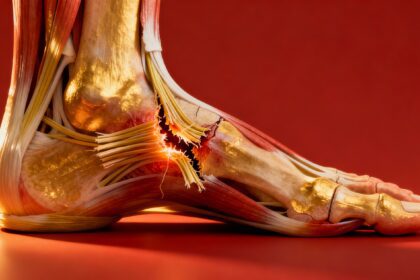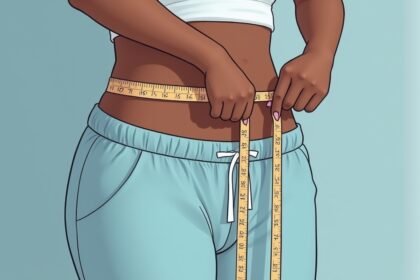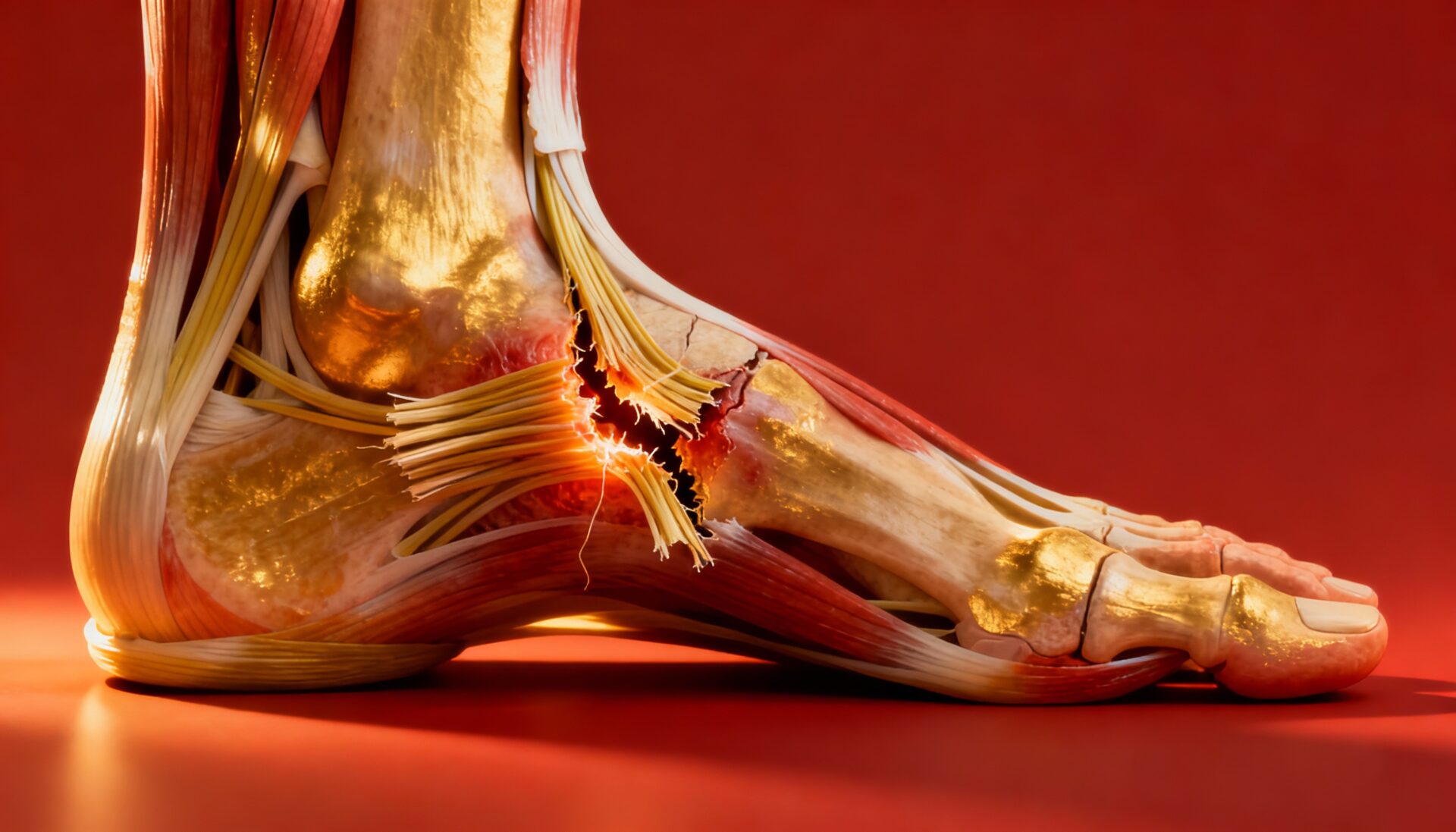Although many people are obsessed with weight loss or weighing themselves, the number on your scale does not indicate whether you are fit or fat. Far more significant than your total body weight is the composition of your body tissue. If a man’s fatty tissue is greater than 14% – 15% of his body mass, or if a woman’s is more than 20% – 22%, they are overweight, or more precisely, overfat.
A small amount of fat is needed. It serves to pad the internal organs, and acts as insulation under the skin. However, excess fat leads to diseases like diabetes, gout, high blood pressure, coronary artery disease, and gallbladder problems.
Fitness Goals Are More Than Numbers
Resolving the issue is not always simple. There is a problem common to most people who want to lose weight. They tend to concentrate more on the scale moving down rather than how they look in the mirror. As a result, they strive to only achieve a lower weight, and satisfy the “ever reliable” results from the scale.
There is a more appropriate way to approach fat loss and change body composition. It is useful to think of the human body as a heat-exchange engine. This engine works on the basic principles of energy physics. Ultimately, your caloric balance is equal to the total number of calories you take in minus the total calories you burn.
 Make Your Calories Work for Your Weight Loss
Make Your Calories Work for Your Weight Loss
Some of the calories you ingest are necessary to maintain your basal metabolism. As people age, their bodies require fewer calories for this basic maintenance. Some calories excrete as waste products. Finally, there are some calories that get burned during work metabolism. This is the relative energy expenditure required for any physical activity. The greater the physical activity, the greater number of calories burned.
Therefore, if you eat more calories than you burn during physical activities, you experience a caloric surplus. According to the laws of physics, energy is transformed rather than destroyed. In this state of caloric surplus, every additional 3,500 calories is transformed into a pound of fat. So if you want to reverse this process, you need to burn 3,500 calories during physical activity to lose a single pound.
You’re probably wondering if there is an effective antidote other than endless hours of cardio. One answer to consider is “Cross Training.” After some intensive studies and experimental research, health experts have tried incorporating cross training to overcome the repetitive dullness of typical exercise programs.
Incorporate Cross Training for Weight Loss
There are two reasons to incorporate cross training into an exercise program. The first is to avoid excess muscle damage associated with isolation movements and overuse. The second is an attempt to introduce variety, keep it “fresh”, and to put an end to workout boredom.
Three of the most commonly used activities introduced in cross training are swimming, running, and cycling. Tracking the distances you have travelled is an excellent way to extend your activity as your condition improves during cross training. For this reason, you need to traverse a measured distance and keep track of your progress. If possible, swim, run or bike the course and measure the distance. If you will be using a running track, such courses usually are a quarter-mile per lap for a complete circuit. Pools are accurately measured, so track the number of laps (or lengths) you travel. For biking, try driving the course in your car, and track the odometer reading.
 Cross training offers a variety of benefits for both fitness and fat loss. It helps build up strength and endurance of the heart, lungs, and the entire circulatory system. It has also some tranquilizing, soothing effect on your attitude. Cross training burns calories, keeps you entertained, and makes your quest to lose weight much more bearable.
Cross training offers a variety of benefits for both fitness and fat loss. It helps build up strength and endurance of the heart, lungs, and the entire circulatory system. It has also some tranquilizing, soothing effect on your attitude. Cross training burns calories, keeps you entertained, and makes your quest to lose weight much more bearable.
Three Basic Components of Cross Training
- Endurance exercises to condition the heart, lungs, and circulatory system and to induce relaxation. These begin with a carefully planned walking, jogging, swimming, or biking regimen that progresses with your fitness level.
- Exercises to strengthen the muscles, particularly those important to good posture and mobility. Initially, place emphasis on activities that relate to your Activities of Daily Living (ADL’s). These include some activities that are selected to encourage some people who are already burnt out.
- Exercises to improve joint mobility and prevent or relieve aches and pains. These may consist of static stretching positions that are safe, effective, and entertaining for most of the people who are trying to lose some fat.
Cross training is a great way to modify exercising and fat loss/weight loss without having to endure monotonous, repetitive activities. The idea of exercising becomes something you like and look forward to. If you begin cross training, you will become aware that you have already started to achieve your desired weight. Boiled down, cross training is one way of having fun with a purpose.






































